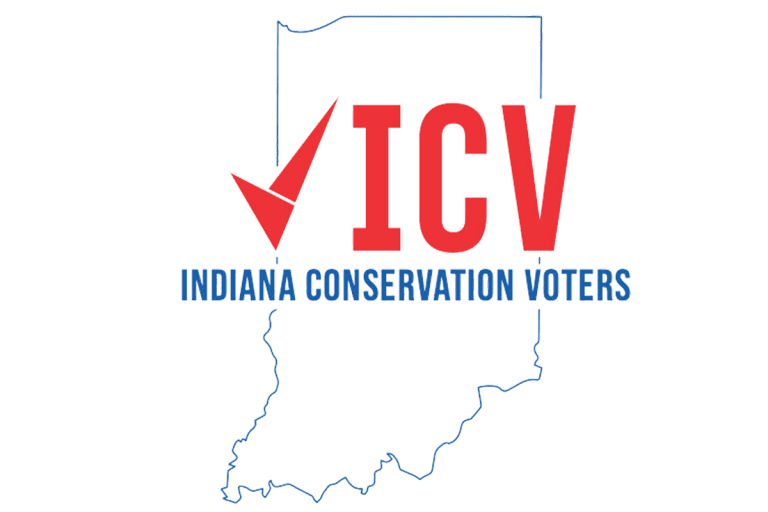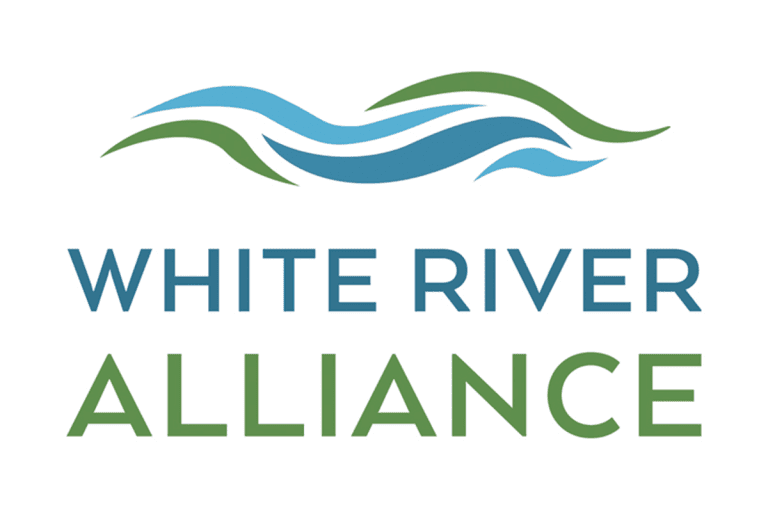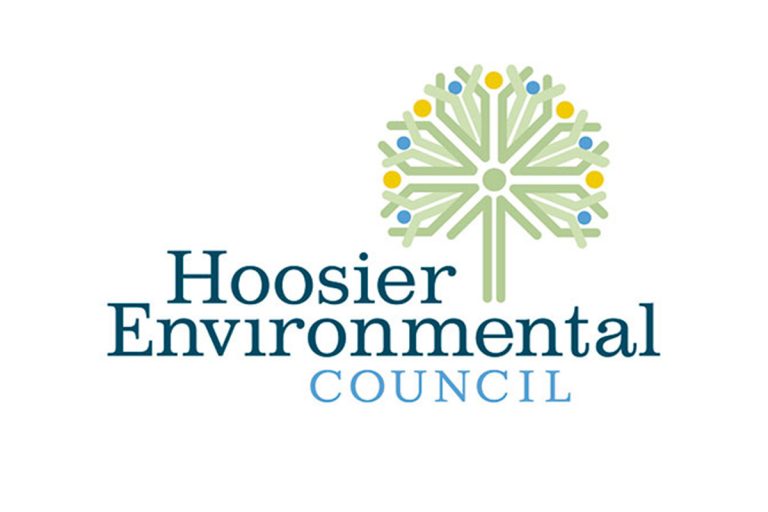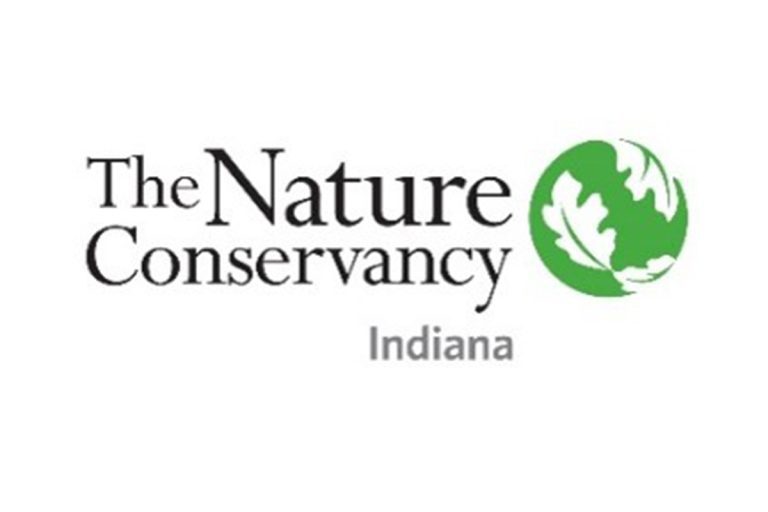Shaping informed policy to protect Indiana's water and natural resources
We educate lawmakers and state agencies about Indiana’s water quality challenges and provide policy research, analysis, and technical data in support of potential solutions. As a result, we ensure that legislators and leaders have the information they need to make well-informed decisions in developing water policy and in regulating sources of water pollution and use.
Our activities include:
• Monitoring legislative developments at the Indiana Statehouse.
• Providing bill analyses and impact statements to lawmakers and stakeholders.
• Engaging with state agencies on rule-making and development of regulatory guidance.
• Participating in key committees and task forces to help shape sound public policy for conserving and protecting Indiana’s freshwater resources and ecosystems.
Policy Priorities
Protection for Indiana’s remaining wetlands
Indiana has lost 90% of its wetlands and is poised to lose the remaining 10% without decisive action to protect them. After the Supreme Court’s ruling in Sackett v. EPA drastically reduced the number of wetlands under federal jurisdiction, states are now the first line of defense in protecting many of our remaining wetlands. Indiana, however, has continued its course of decreasing protections for our remaining wetlands. CLC will continue to advocate for a comprehensive, streamlined approach that protects Indiana’s remaining wetlands.
Looking at different avenues to address Indiana’s failing septic systems
Approximately 20% of septic systems in Indiana are failing; each one leaks more than 75,000 gallons of untreated waste every year. This means that failing septic systems release more than 15 billion gallons of raw sewage into Indiana’s environment annually. While CLC believes a point-of-sale law is the most efficient way to address this issue, CLC is working with other stakeholders to create alternative, common-sense solutions to fix this problem.
Water Contaminants
Indiana faces challenges with both existing contaminants, such as lead, mercury, chromium, and selenium from toxic coal ash waste, nutrient runoff, and emerging contaminants, like per- and polyfluoroalkyl substances (PFAS), that pose threats to human health and the environment. CLC works to improve Indiana's water quality by advocating for legislation that provides for a reduction of these contaminants in our waters, better oversight, water testing, and collaboration among agencies to address these issues.
Regional and Statewide Water Resource Planning
CLC has long advocated for regional and statewide water planning. The threats and demands on Indiana’s water resources are profoundly different around the state depending on local conditions. Therefore, the detailed planning and management of water is best done regionally, with collaboration among state and local governments and organizations. This collaboration, however, must be strategically focused on accomplishing a statewide vision. Any statewide water resource plan must involve all stakeholders who are concerned about the water quality and quantity in Indiana to ensure the plan is developed based on a holistic view of water issues from a variety of perspectives including from agriculture, business, conservation and environmental protection groups, scientists, local government, and other sectors.
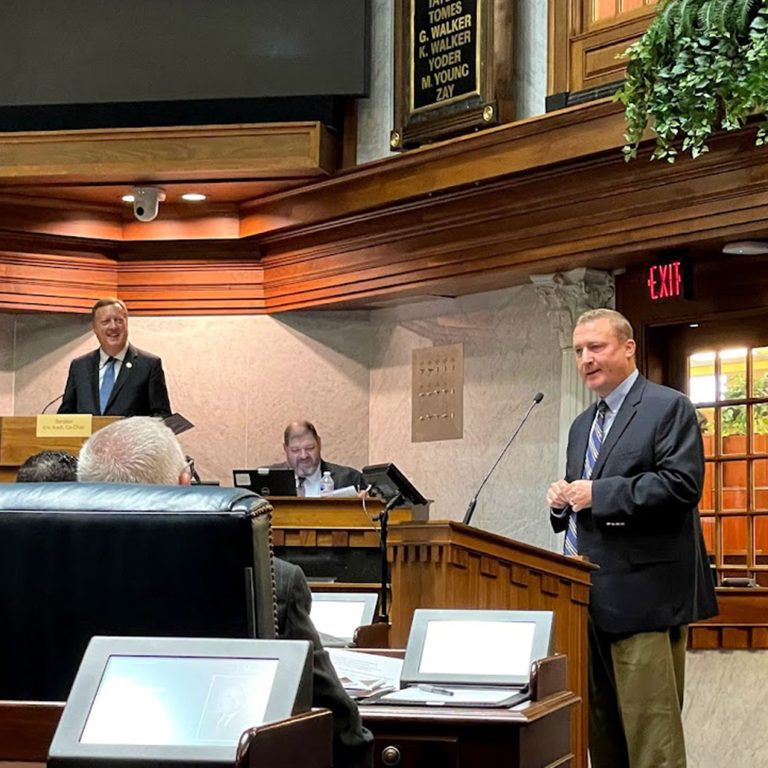
Programs & Publications
Program
Clean Water Indiana
Publication
Water and Quality of Life in Indiana
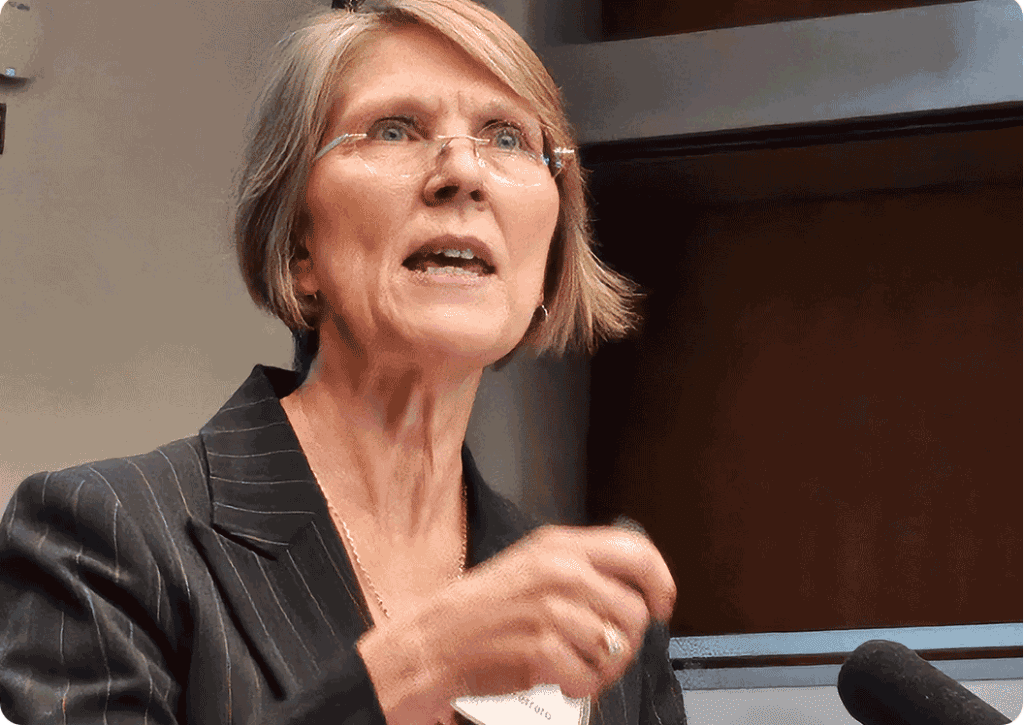


Legislation to Promote Prescribed Burning Signed by Governor Braun
INDIANAPOLIS, Indiana A new law to expand Indiana’s prescribed fire capacity was signed by Gov. Mike Braun on April 30. The bill expands a prescribed

Important water policy proposals drafted
CLC has drafted five policy proposals focused on PFAS regulation, wetland protection, and the establishment of an Indiana Water Authority.

New CAFO analysis tells us what we know and fear
A recent International Journal of Environmental Research and Public Health report on concentrated animal feeding operations (CAFOs) in the United States highlights a disturbing truth:

Without sound water policy, Indiana’s economic future is down the drain
Water, essential to all life on the planet, is an abundant resource in Indiana. This alone puts Indiana in a resilient position as we navigate
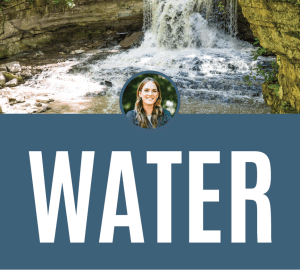
Water Advocacy Interview with Megan Freveletti, Nancy C. Ralston Graduate Fellow Attorney
Megan graduated from the University of Mississippi with a degree in International Studies and worked in her home state for the Illinois House of Representatives

The Nina Mason Pulliam Charitable Trust continues support for CLC’s Clean Water Indiana Program
CLC is proud to announce the Nina Mason Pulliam Charitable Trust has continued their support of CLC’s Clean Water Indiana Program with a grant of






